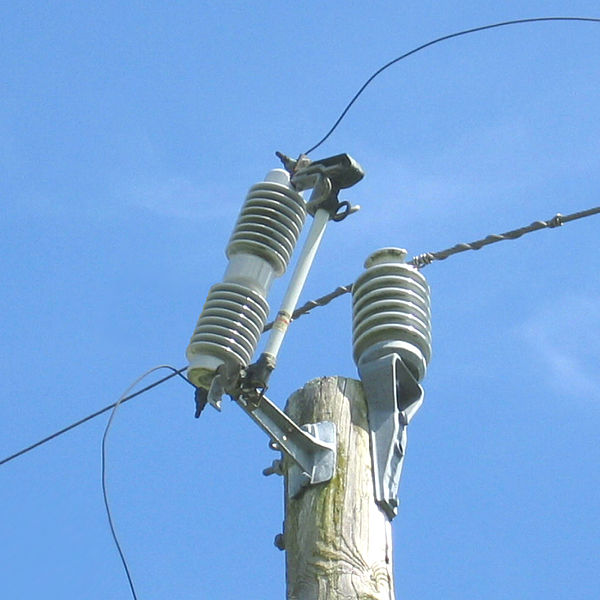Kevin Spacey’s fake Southern accent, explained by real linguists.
The last two seasons of Netflix’s House of Cards have wavered between shocking and silly, campy and sinister, good and bad. But the show has always had one big, scenery-chewing constant: Kevin Spacey’s Southern accent.
Spacey’s accent is as crucial to his character, the diabolical Frank Underwood, as venom is to a cobra. The lines Spacey delivers as the conniving congressman now president are some of the most ridiculous in television history — "I’ve always loathed the necessity of sleep. Like death, it puts even the most powerful men on their backs." But they’re only enhanced by Spacey’s slow-cooked, honey-glazed take on the South Carolina drawl.
But is Spacey’s accent accurate at all? We talked to a couple of linguists who specialize in American dialects, and found that, well, the accent is just as trustworthy as the maniacal lawmaker himself.
via What linguists say about Kevin Spacey's bizarre Southern accent on House of Cards – Vox.


